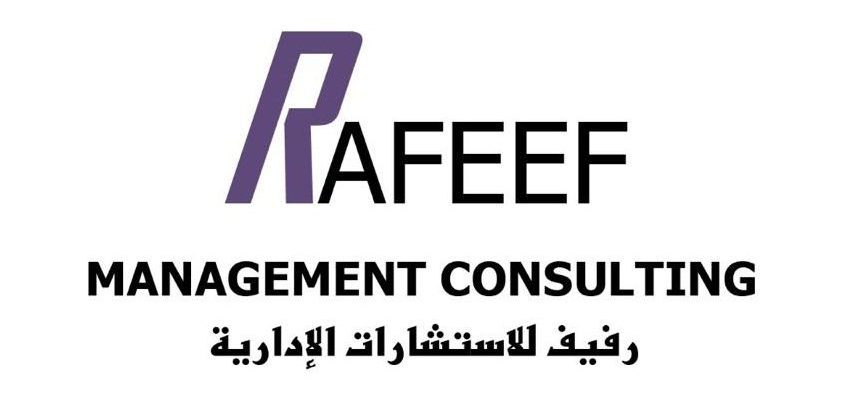Project risk management is vital for a flat and successful project. Besides, it is crucial to point out the strengths, weaknesses, and threats that may face the project and consider them. However, project risk management is the process of identifying and analyzing risks and prioritizing the responses to any risk that arises during the project life cycle to contribute sustainability for long life and achieve its objectives. Nevertheless, risk management must be part of the planning process to know the future risks and ways to control these risks. However, the risks must be recorded in the risk register and constantly updated.
What are the stages of risk management in the project?
- Identify the risks
It is determined by collecting data about the expected risks. Besides, brainstorming, SWOT analysis, questionnaires, PESTEL analysis, and expert consultation contribute to data collection.
- Risk analysis and measurement
The analysis is a crucial part and helps us to take the appropriate steps for the project. Besides, it contributes to discovering the extent of the impact on budget, deadlines, and quality of project delivery.
Risk measurement is a quantitative measurement to estimate the probability of unexpected risks occurring. However, it is also a qualitative measure to estimate the likelihood, such as low, very high, medium.
- Ranking the risks in order of priority
After identifying, analyzing, and measuring the risks, a number of the expected risks have been pointed out. Besides, they have been prioritized and recorded in the risk register and assessment.
- Risk response
Response methods are different according to the type and size of risks. However, re-planning is one of the methods of responding to positive and negative risks is by preventing the occurrence of the risk. Nevertheless, responding by replacing the risk with something less dangerous. Besides, develop a possible plan to be used in a time when danger strikes.
- Regular monitoring
Periodically monitoring is crucial to monitor risks and update the risk register. However, it helps the team to know the common risks and their impact on the project. Meanwhile, associating and evaluating each risk by its probability of occurrence and the impact of its incident prevent risk.

